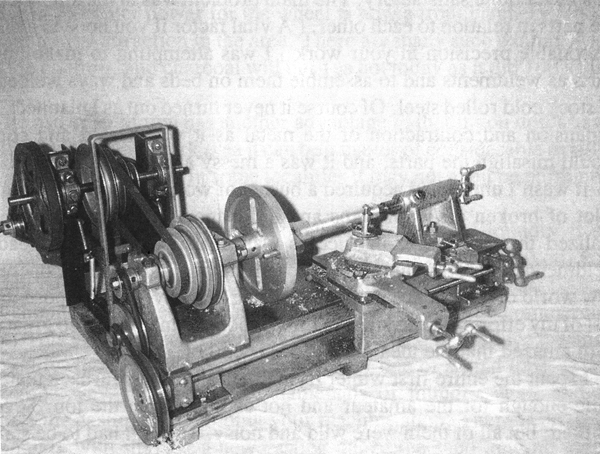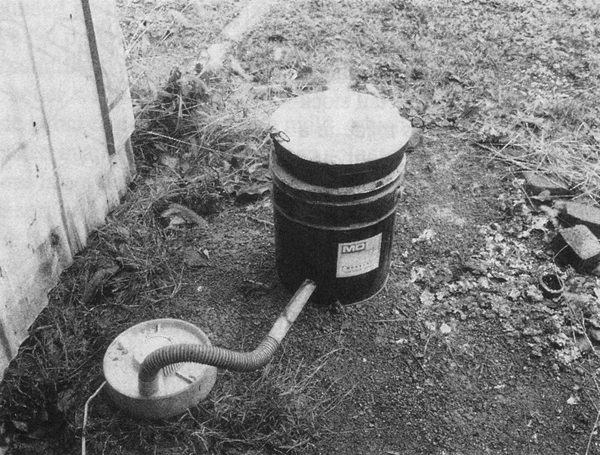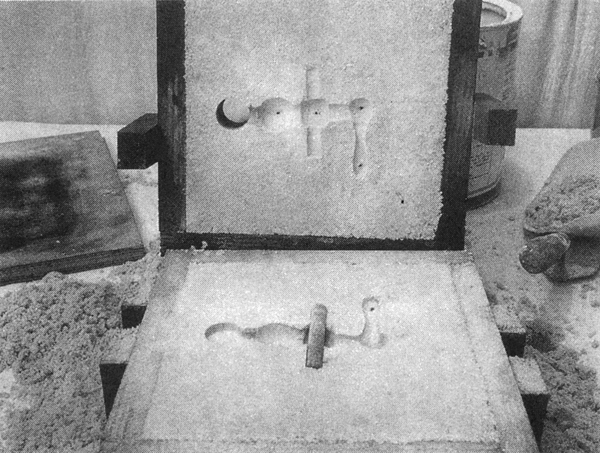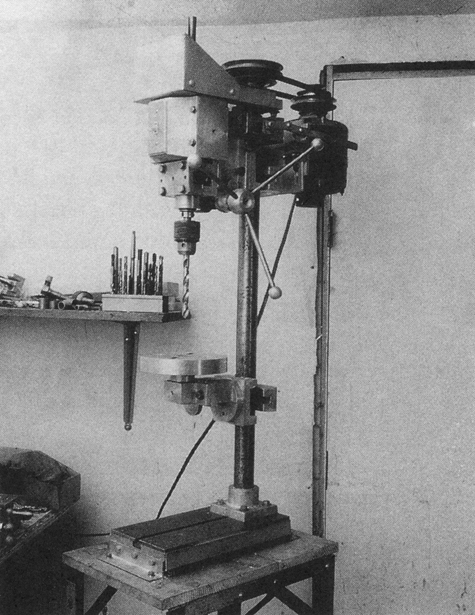Build Your Own Metal Working Shop Series

Bootstraping tools
Wouldn’t it be cool if you could start with molten metal and make your own simple tools that made better more complex tools which make better tools…. and so on, bootstraping your way to a full workshop? You can. You start by making a foundry to pour molten scrap metal in the shapes you need, which you then use to make a milling machine and drill press, etc., each previous step enabling the next step until you have a full machine shop. That’s the lessons of these books.
There is a bit of a “doomsday backup” to the idea of being able to restart civilization from scratch if you had to, but the late author David Gingery main purpose was to make significant metal working tools he could afford. Through a series of seven books he demonstrates how to do this. But even if you have no intention of making your own lathe, the first book in this series gives very good instructions for making your own foundry so you can melt and cast scrap aluminum or pot metal. You start with charcoal, a 5-gallon metal bucket, a fan, metal from the dump., and your own sand molds. Pouring hot liquid metal is a primeval thrill which can lead to all kinds of adventures.
08/2/13Excerpt
The more than 20 years of research and experimentation that precede this group of manuals was inspired by a statement by someone I've long forgotten: "The metal lathe is the only machine in the shop that can duplicate itself or any other machine in the shop." It followed then: If you have a lathe you can produce the rest of the needed equipment to make up a fully equipped machine shop. Of course my first problem was that I didn't have the lathe.
The theme of the idea is remarkably like the recipe of someones grandmother for chicken soup, which begins "First you get a chicken." Well, if you want to make chicken soup you'll have to buy a chicken. Or, lacking the necessary funds, you might steal one. You can't make a chicken, but you can build your own lathe, and with it you can produce the rest of the equipment to make up a full and practical machine shop.
The photo on the previous page is of the lathe that was built as this series of manuals was being prepared. … All of the castings are made with the simple charcoal foundry, and the remainder of the parts are standard hardware items. The only power tool used was a 3/8" electric drill, and there was no custom machine work of any kind. The lathe can not only duplicate itself, it can actually build itself. All of the machine work was done on the machine itself as it progressed step by step. When it was complete I used it to build another just like it.
*
It's always a temptation to "gussy" up a casting and include more in it than is really needed. In many cases it would be better to make two castings and bolt them together than to make a complicated casting in one piece.
*
The Blast Furnace
*
Building The Furnace
This is simple work, very much like working with concrete or mortar. It is likely that you have much of what is needed on hand, and the remainder won't be hard to get. A clean 5 gallon metal pail, a piece of sheet metal about 18" X 30", some scraps of plywood, some wire and a roll of tape make up the body and form. Sand and fire clay are all you need for the lining, or you can purchase a castable refractory mix for the lining. Add an old vacuum cleaner or a hair dryer, a bag of charcoal and a pot for the metal and you are ready to go to work.
*
*
The Drill Press
You could buy a drill press easily, but that only takes money. What you really need is the still and knowledge you will gain from building one. I can think of no metal project that will expand your ability better than this one.
Build Your Own Metal Working Shop From Scrap David J. Gingery 2011, 864 pages One hardcover volume $75 Available from Amazon The Charcoal Foundry David J. Gingery 1983, 80 pages $8 Available from Amazon Book website, with helpful videos













